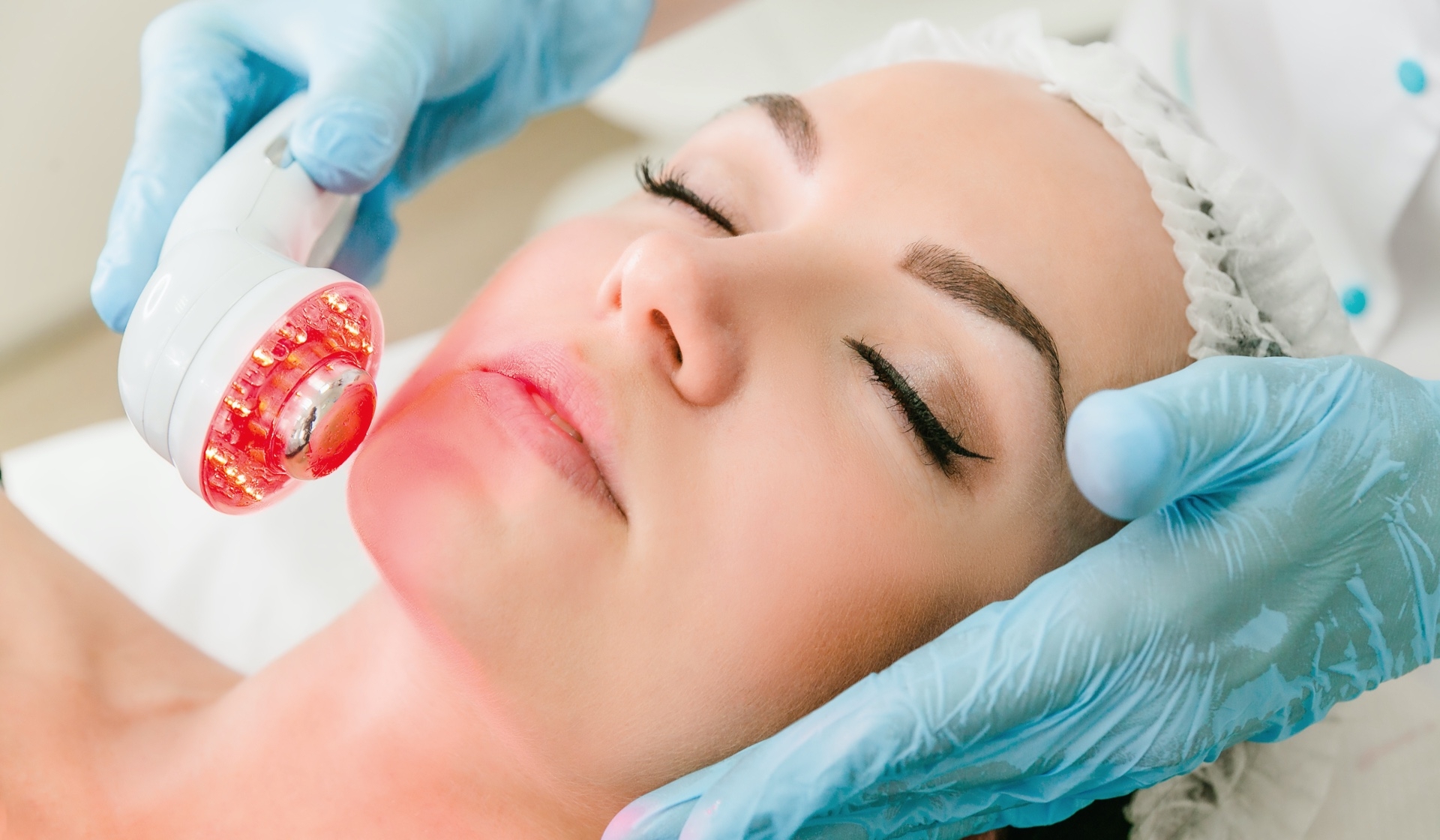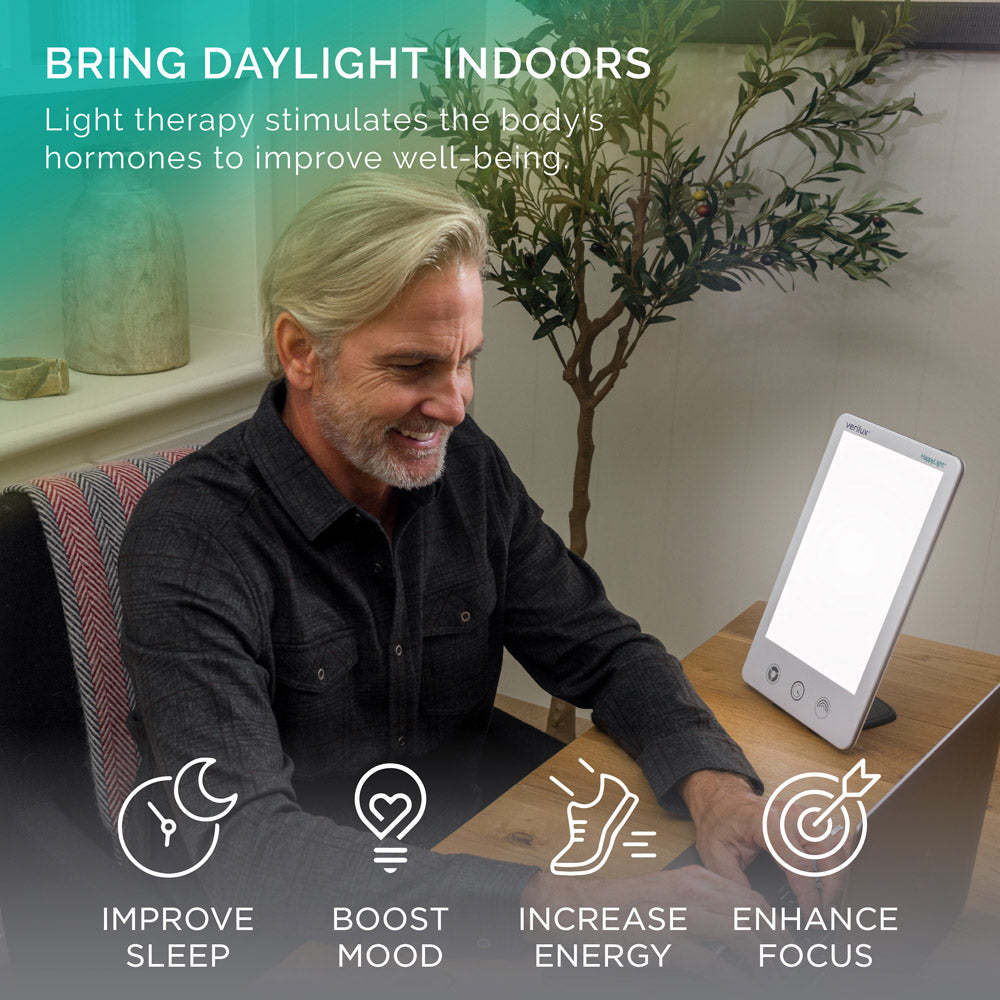Spearheading the Future of Wellness: A Closer Consider Photobiomodulation
Wiki Article
Discovering the Efficiency of Photobiomodulation Therapy in Mental Health
Have you ever before wondered if there is a new, cutting-edge treatment that could potentially revolutionize the area of psychological health? In this exploration, we dig into the globe of photobiomodulation treatment and its efficacy in treating mental health and wellness problems. By losing light on this emerging field, we aim to discover the appealing effects of photobiomodulation therapy and its potential to transform the way we approach mental wellness therapy.The Scientific Research Behind Photobiomodulation Treatment
To understand the effectiveness of photobiomodulation therapy in mental health and wellness, it is necessary to explore the underlying clinical concepts that drive this cutting-edge therapy approach. Photobiomodulation therapy, also known as low-level light therapy, involves making use of specific wavelengths of light to stimulate cellular function and promote healing in the body. This treatment works by targeting the mitochondria, which are the powerhouses of our cells. When subjected to particular wavelengths of light, the mitochondria produce even more adenosine triphosphate (ATP), which is important for power manufacturing and cellular metabolism.Additionally, photobiomodulation therapy has actually been discovered to have neuroprotective effects. It can boost the manufacturing of neurotrophic factors, such as brain-derived neurotrophic variable (BDNF), which advertise the growth and survival of nerve cells. This stimulation of neurotrophic variables can aid fix and regrow damaged neurons, possibly bring about boosted cognitive feature and mental health end results.
Additionally, photobiomodulation therapy has been revealed to minimize swelling in the brain. By regulating the inflammatory reaction, it can minimize the destructive effects of neuroinflammation, which has actually been linked in the development of various mental wellness disorders. Additionally, this treatment can enhance blood flow and oxygenation in the brain, boosting general mind function.
Prospective Advantages of Photobiomodulation Therapy
Now let's dive into the possible benefits that photobiomodulation treatment offers in enhancing psychological health. Photobiomodulation therapy, also called low-level light treatment, has actually shown assurance in dealing with various psychological wellness conditions. One of the primary benefits of this therapy is its capacity to decrease signs and symptoms of clinical depression and anxiety. Studies have actually found that direct exposure to details wavelengths of light can promote the manufacturing of serotonin and dopamine, neurotransmitters that play a crucial function in managing state of mind. By boosting the levels of these neurotransmitters, photobiomodulation treatment can aid minimize signs of clinical depression and anxiety.Moreover, this therapy has also been found to improve cognitive feature. Study has shown that photobiomodulation therapy can enhance mind feature by boosting blood circulation and oxygenation in the mind. This can bring about boosted memory, interest, and general cognitive performance. Additionally, photobiomodulation therapy has been revealed to have neuroprotective impacts, suggesting it can help secure and repair harmed brain cells. This is especially valuable for people with neurodegenerative conditions such as Alzheimer's disease.

Photobiomodulation Treatment and Clinical Depression
One significant benefit of photobiomodulation therapy is its capability to considerably decrease signs of depression (pbm therapy). Anxiety is a typical psychological health disorder defined by consistent sensations of despair, loss of interest or satisfaction in day-to-day activities, and modifications in hunger and rest patterns. Typical treatment choices for clinical depression consist of drug and psychiatric therapy, but photobiomodulation therapy supplies a promising alternative
Photobiomodulation therapy includes making use of low-level light therapy to promote mobile function and promote recovery. The treatment functions by raising blood flow and oxygenation to the brain, which can enhance mood and decrease depressive symptoms. Research studies have shown that photobiomodulation therapy can successfully reduce signs and symptoms of clinical depression, including reduced state of mind, exhaustion, and absence of motivation.
One study published in the Journal of Click Here Affective Problems located that individuals who received photobiomodulation treatment experienced a significant decrease in depressive symptoms compared to those that got a placebo treatment. An additional research released in the Journal of Clinical Psychiatry revealed that photobiomodulation therapy was efficient in reducing symptoms of clinical depression in patients with treatment-resistant depression.
Photobiomodulation Treatment and Anxiousness Conditions
There are a number of ways in which photobiomodulation treatment can efficiently minimize symptoms of anxiousness conditions. One way is by minimizing the activity of the amygdala, which is the part of the brain in charge of processing worry and anxiousness. Research study has shown that photobiomodulation treatment can modulate the activity of the amygdala, bring about a reduction in anxiety signs. In addition, this therapy can also boost the production of natural chemicals such as serotonin and gamma-aminobutyric acid (GABA), which are known to contribute in controling state of mind and stress and anxiety. By raising the levels of these natural chemicals, photobiomodulation therapy can assist to stabilize the brain chemistry and reduce anxiousness see this symptoms. Additionally, this therapy has actually been found to enhance rest quality, which is typically disrupted in individuals with stress and anxiety conditions. By promoting better sleep, photobiomodulation therapy can better decrease stress and anxiety signs and symptoms and boost total well-being. Generally, the usage of photobiomodulation treatment in the therapy of anxiousness problems shows promising lead to relieving symptoms and improving the lifestyle for individuals dealing with stress and anxiety.Future Research Study and Ramifications
To even more explore the effectiveness of photobiomodulation therapy in mental health, future study needs to concentrate on its long-lasting impacts and prospective applications in different psychiatric disorders. While the existing evidence recommends encouraging cause reducing signs of stress and anxiety, depression, and cognitive decrease, it is crucial to examine the sustained advantages of this therapy over an extensive period. Long-term research studies could aid establish whether the positive results continue past the therapy duration and whether the treatment can stop relapse or reappearance of signs.In addition, future research should intend to take a look at the potential applications of photobiomodulation treatment in other psychiatric disorders such as schizophrenia, bipolar illness, and trauma. Investigating the performance of this treatment in varied mental health and wellness conditions would certainly provide a much more comprehensive understanding of its restorative possibility and increase its medical energy.
Furthermore, it would certainly be advantageous to discover the ideal treatment specifications for photobiomodulation treatment. photobiomodulation laser. This includes figuring out the ideal dosage of light, the duration and frequency of sessions, and one of the most effective wavelengths for different psychological health problems. Comprehending these criteria would help enhance the healing outcomes and guarantee standardized methods for medical check this technique

Verdict
To conclude, photobiomodulation therapy reveals pledge as a prospective treatment for psychological health disorders such as depression and anxiety. The scientific research behind this treatment suggests that it can properly regulate mind task and advertise neuroplasticity. While more research is required to completely understand its effectiveness, the prospective benefits it supplies make it an interesting area of examination for future psychological health treatments.Photobiomodulation treatment, likewise known as low-level light therapy, entails the usage of particular wavelengths of light to stimulate mobile function and promote recovery in the body. Photobiomodulation therapy, also recognized as low-level light treatment, has revealed promise in dealing with different mental wellness conditions.Photobiomodulation therapy includes the use of low-level light treatment to stimulate mobile function and advertise healing.To additionally explore the effectiveness of photobiomodulation therapy in mental wellness, future research study needs to focus on its lasting impacts and prospective applications in various psychological disorders.In final thought, photobiomodulation treatment shows assurance as a potential therapy for psychological health and wellness disorders such as anxiety and stress and anxiety.
Report this wiki page